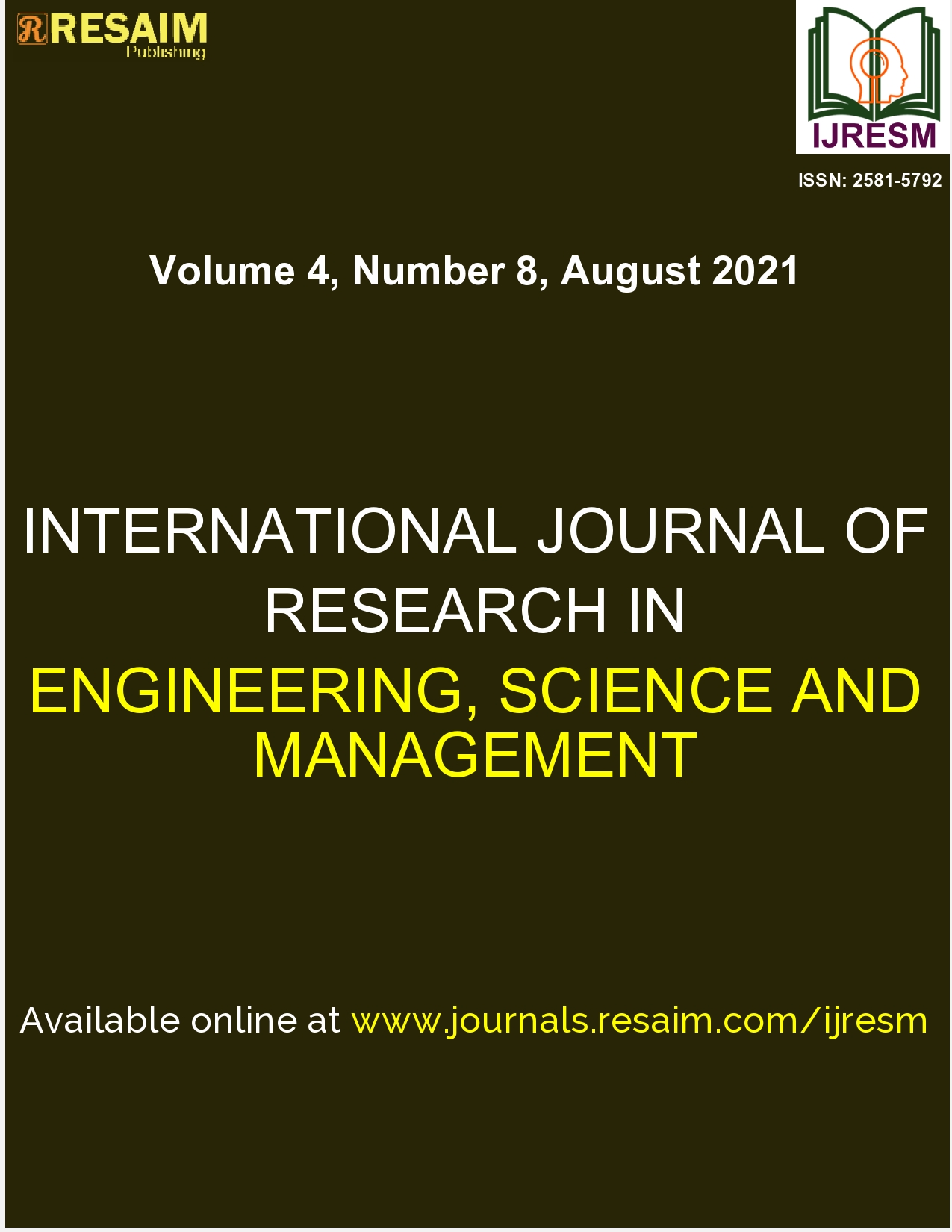5G Communication Technology – Architecture, Emerging Technologies
Keywords:
5G wireless communication technology, 5G NR, 3GPP, D2D, evolution of 1G-5G, IoT, Massive MIMO, network architecture of 5GAbstract
As decades pass, new technology has emerged resulting in the advancement of the previous technologies. As generation is passing by, people started relying more on the smart technology which predominantly requires an internet service. Smart devices such as our mobile phones, smart watches demand for an internet connection for most of its applications to function. Applications like communicating with each other through text messages require an internet communication service. 5G is the fifth-generation communication technology which has many improving aspects as compared to the older generation technologies. The need for 5G technology will increase day-by-day, the main reason being the speed (data rates). Also, to meet the latest applications demanded by the humans, 5G has its advanced features which are expected to meet the criteria. 5G has not yet been deployed in many countries, but it will soon replace 4G communication technology. As for now, 61 countries have implemented 5G technology excluding India. This paper gives an overview of the latest communication technology called the "5G" technology and gives you a detail account of the architecture of 5G network, technology involved, security, data rates etc. This paper also outlines the future scopes of 5G and the features.
PDF of the article removed. Reason: Used Fig. 7 and Fig. 8 from other source (Article).
Downloads
Published
Issue
Section
License
Copyright (c) 2021 Divya Sree Madireddy

This work is licensed under a Creative Commons Attribution 4.0 International License.


